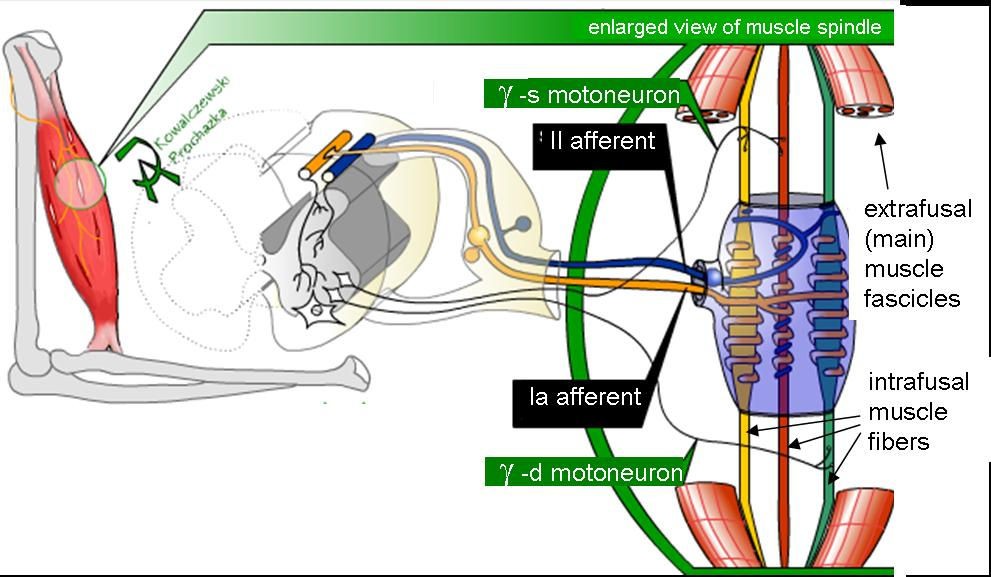- The Three Misconceptions
- Stretching can be vital to your health, well-being, and performance. As with anything, however, how you stretch is as important as what you stretch.
- There are three main points any yoga practitioner, circus artist, athlete, musician (or anyone else, for that matter) should know about stretching.
- Flexibility is not the same as fluidity of movement
- There’s no such thing as isolating and stretching a single muscle
- “Really feeling the stretch” only adds unproductive tension to your muscles
Flexibility Is Not The Same As Fluidity of Movement.While flexibility and fluidity are certainly related, some clarity about their differences can be useful in your approach to stretching.
Flexibility has to do with the elasticity, length, and range of motion of your muscles, joints, and all the rest of your connective tissues.
Fluidity has to do with how much (or little) tension you hold in your body as you move, regardless of your flexibility. Bringing a quality of fluidity and effortlessness is the main goal of the Alexander Technique.
You can have very flexible muscles, joints, and connective tissue, but still use your body with too much tension. Ballerinas, for instance, have tremendous flexibility (see picture above) but their art form requires the aesthetic choice of often being held upright in a fixed position while dancing. I’ve heard that this can be so tiring that, after their performance on stage, ballerinas in the hallways and wings can be seen slumping and slouching as an antidote to the “over-upping.” It is clearly possible to be incredibly flexible and still very stiff or collapsed.
Fluidity, on the other hand, has to do with how you use your body. It’s about the choices you make, how you think about your movements, and how much effort you use. It is possible to be very inflexible and yet move very freely. For example, I have a hard time touching my toes without bending my legs, and yet, because of my 15 years of Alexander Technique training, I can move with incredible fluidity and ease, regardless of my flexibility. That being said, you can only move freely within the range of flexibility that you have – so, clearly, flexibility and fluidity support each other.
Putting this into practice: it is possible to stretch with either fluidity or rigidity of movement. If you want to get the most out of your stretching, be sure to use your body in a fluid, easeful way. SImilarly, if you want to move more gracefully, don’t focus solely on flexibility – train in effortlessness and fluidity, too.
There’s No Such Thing As Isolating And Stretching A Single Muscle.
Your muscles and bones are situated in an interconnected, interdependent, integrated web. The term for this kind of web is “tensegrity.” Watch the video below for more on Alexander Technique and tensegrity.
Experiential Example: From the point of view of this interconnected web, the only way to isolate a muscle is to tighten the muscles around it so they don’t respond to the stretching movement. For example, tilt your head to the left, but don’t let your right shoulder follow. Feel that nice stretch on the right side of your neck and shoulder? Now, let your right shoulder, arm, and your whole torso follow your head tilting to the left. Notice how the stretching sensation went away? The only way to isolate that stretch in your neck is to hold some downward tension in your right shoulder.
Think about this: If you’re holding tension in one part of your musculoskeletal web, then the whole web tend to contract. Do you really want your musculoskeletal web to contract at the same time you’re trying to lengthen it through stretching?
Whether or not you choose to isolate muscles while stretching is up to you and what you want to accomplish, but if you want to train both flexibility and fluidity, then holding tension while you stretch is going to be counter-productive.
Putting this into practice: Let every stretch be a whole body experience. Don’t isolate either stretches, nor other exercises, because isolating almost always includes counter-productive stiffening and shortening. The best way to get one part of your body to let go and lengthen is to allow your whole body to let go and lengthen alongside it. The Alexander Technique can help you do this.
“Really Feeling The Stretch” Only Adds Unproductive Tension To Your Muscles
How do you know you’re getting a good stretch? Often, we’re told to expect the sensation of stretching to reach a certain intensity, and then to interpret that sensation as a sign that we’re getting a good stretch.
However, “really feeling the stretch” is actually quite counter-productive. To understand this better, you need to know something about “muscle spindles.”

Muscle spindles are stretch receptors that have an important job: if your muscles get too long or stretch too quickly, they activate a contraction reflex in the muscle. This plays a role in many aspects of movement: balancing, reflexive movement (like walking, standing, etc), and protecting your muscles from damage due to overstretching.
Practically speaking, when you over-stretch your muscles, the muscle spindles cause contraction in those muscles, thus pulling against your stretch. This will only end up helping your ligaments and tendons to stretch, but with little effect in the muscles because the muscles were in contraction during the stretch.
How do you know when the muscles spindles are active? When you “really feel that stretch” you have reached the point that your muscles are in contraction due to the muscle spindles.
With this in mind, here are my recommendations:
- Stretch with your whole body in mind, not just a part
- Stretch with quality of movement in mind (ease and fluidity), not just quantity (overall length).
- Stretch only up until you begin to “feel the stretch” and then back off a little. Only continue further when your muscle doesn’t tighten up as a result of going further.
Here’s the paradoxical part: By not forcing the stretch, you allow your muscles to relax during the stretch, rather than contracting to protect themselves. The end result is that you’ll actually be able to stretch further and gain more elasticity in the whole web of your musculoskeletal system.
Conclusion: The Means Should Match The Ends
If your goal is to move freely, gracefully, and powerfully, then adding unnecessary tension by gripping or forcing or isolating a stretch is counter-productive.
This unnecessary tension is often unconscious, but you can at least begin to get a handle on it my emphasizing relaxation and ease during your stretching sessions.
If you want more in-depth help with cultivating fluidity alongside flexibility, then consult your local Alexander Technique teacher. He or she can help you spot the areas of excess tension that you may be holding, and thereby help you condition your body for lively, powerful, and fluid movement.
Remember: Never force or isolate a stretch. It’s almost always counter-productive.
Cheers,
Joseph



